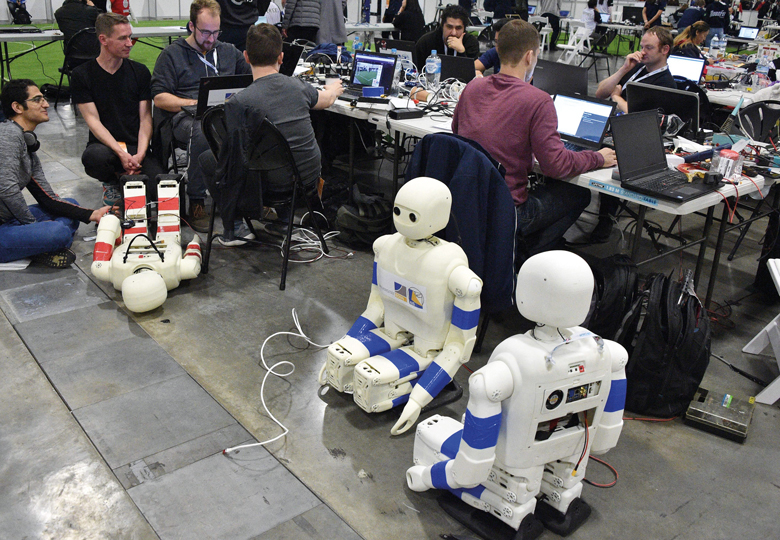A risk-based approach to artificial intelligence (AI) prevents university employees from using it productively. Some avoid it completely and others cover their tracks for fear of unfair punishment.
A survey of more than 3,400 employees at 28 Australian universities found that very few are using generative AI to relieve themselves of routine tasks. In education, the use of this technology is largely limited to introducing AI to students, rather than using it in the classroom.
According to lead researcher Abby Cathcart, academics are more likely to use AI than professionals: 75 percent of academics surveyed said they would use it in their work.
But only 37 percent used it as a teaching tool, mainly to teach students integrity.
She said that despite the “advanced use cases” of this application, few academics used AI in curriculum design, with less than 10 percent using it frequently to develop assessment criteria, standards or rubrics.
A few Australian academics have used AI in “clever” ways, such as having students use bots to draft papers before critiquing and revising the results.
“Our findings show that the majority of the sector is not yet that mature. Until more employees engage with AI more frequently, they will not develop the ability to understand the opportunities and risks,” said Professor Cathcart, Director of Student Success and Teaching Support at Queensland University of Technology.
She said universities and regulators tended to “focus on the risks first” rather than viewing AI as an opportunity, putting many employees in a “wait and see” mode. The difference is that more and more students are advancing their use of AI. If we maintain this wait and see mode, we are not preparing students for the world of work and will be left far behind them.”
The survey found that most employees knew about their universities’ AI policies, but few found them useful. A small subgroup – 8 percent – said they kept their AI use secret for fear of misunderstanding or punishment.
Professor Cathcart’s team found that AI was rarely used for administrative purposes beyond writing emails. “A very small percentage” of university staff used it to write reports or create agendas or minutes for meetings.
Campus resources on AI in higher education
“How much time does everyone in the industry spend in meetings? If we attend meetings where the minutes are not generated by AI, we are wasting energy,” she claimed.
“The great promise of AI is that it will free us from mundane administrative tasks that distract us from the things we love in our work. But the sector doesn’t seem to be moving in that direction.”
She said that some applications of AI – such as in generating code, transcribing interviews with research subjects or generating student feedback from bullet points – could be extraordinarily time-saving, but there is little evidence to support its use for these purposes.
Only 12 percent of survey respondents said AI significantly increased their productivity, and just over half said it had little or no impact on productivity.
Professor Cathcart said some universities could only afford enterprise-wide licenses for AI tools that “have quite limited use. You can waste a lot of time playing around with them and trying to get them to do things that don’t seem very helpful at all.”
She said “relentless change and growing workloads” had prevented employees from embracing AI.
The research results are expected to be published in September.

